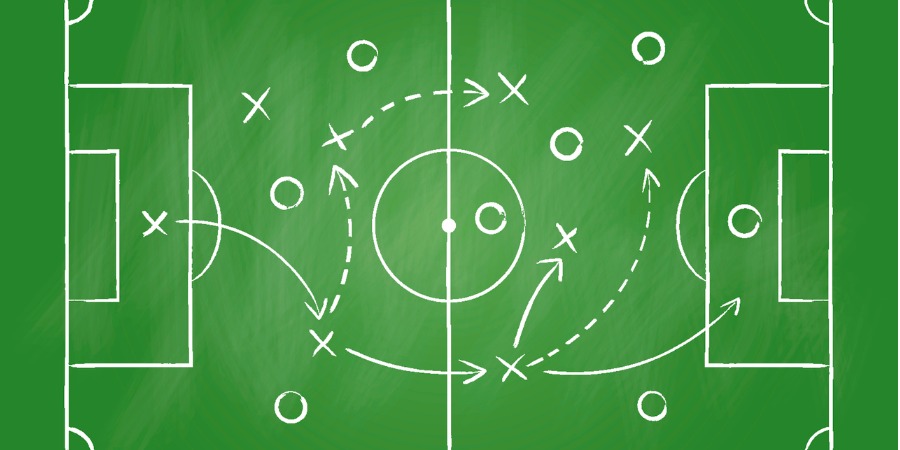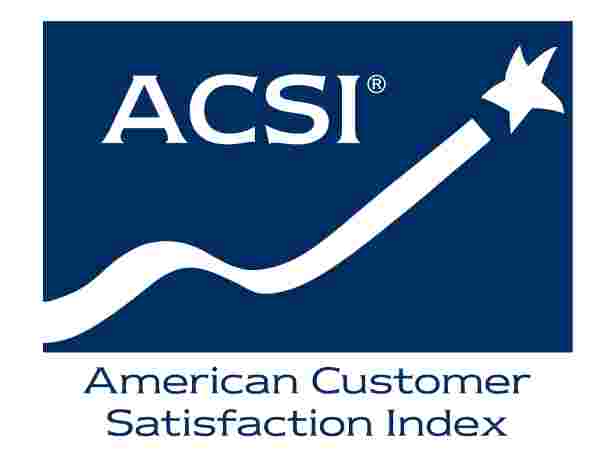
Adapted from Dr. Claes Fornell's book | July 07, 2017
The Satisfied Customer: Winners and Losers in the Battle for Buyer Preference
Measurement is systematic and disciplined observation. Observation, if it is to have any meaning, must be interpreted. And, interpretation always involves theory in one way or another.
A simple way to think about the relationship between (1) what we observe, (2) the unobservable, and (3) what is considered error comes from True Score Theory. This theory says that what we observe (O) equals some "true" (T) but unobserved "score," plus error (E).
The equation is simple: "O = T + E," but one cannot solve it as it stands. There are two unknowns but only one equation. The known part is what we observe. The solution to most problems of this kind is to obtain more information and construct more equations.
Suppose we have the notion (theory) that quality causes satisfaction, which, in turn causes loyalty. We cannot directly observe these variables. We can ask customers to rate quality, satisfaction, and loyalty, but then we are back to the problem of equating unobservables to responses to specific questions. It's not likely that these responses will unravel the actual unobservables to us. If they did, we would not have unobservables in the first place. In a survey, each question is a "measuring stick." What we have to do is organize the measures according to our theory.
Suppose we measure "quality" from three questions that all deal with quality as experienced by the user; we have three questions that deal with how satisfied the respondent is; and we have three questions that aim to ascertain how likely it is that the respondent will come back in the future and buy again. The point I am making is that we need several measures of each concept that we are looking to quantify. It doesn't have to be three, it could be five, six, or ten, and in some cases even two, but we are now well on our way to solve the problem of too many unknowns with too few equations.
For each measure, we now have an equation. For each of the three "quality" measures, we have the same unobservable. Our theory also implies that customer loyalty is a function of customer satisfaction (another equation) and that customer satisfaction is a function of quality (another equation). As it turns out, we have now enough data and enough equations to solve for the unobserved (using traditional statistical principles).
We have also followed the principles of quantum mechanics by letting theory guide measurement. With a different theory (perspective) the solution to the unobservables would be different. But we don't need to appeal to quantum mechanics to make the point. As Peter Achinstein, a leading scholar in philosophy of science and a professor at Johns Hopkins University puts it, measurement without a theory is analogous to an interpreter without language.1 Measurement is systematic and disciplined observation. Observation, if it is to have any meaning, must be interpreted. And, interpretation always involves theory in one way or another.
1. Peter Achinstein, Concepts of Science (Baltimore: Johns Hopkins Press, 1968).
Other Resources
- Date
- September 7, 2023
by David Ham | September 7, 2023 With the amount of money involved in professional sports contracts, the current trend toward deeper analysis makes good business sense. However, […]- Date
- June 2, 2023
by David Ham June 1, 2023 I will start by stating the obvious, inflation is forcing consumers to make tradeoffs and difficult decisions. This puts businesses […]- Date
- August 1, 2022
by David Ham August 1, 2022 Five years ago, I wrote a blog that asked, Is This a ‘Hook-Up’ or a Long-Term Relationship? The post was […]- Date
- May 24, 2022
by Omar Khan May 24, 2022 A few years before getting my first job as a consultant, I spent a summer abroad in the United Arab […]





